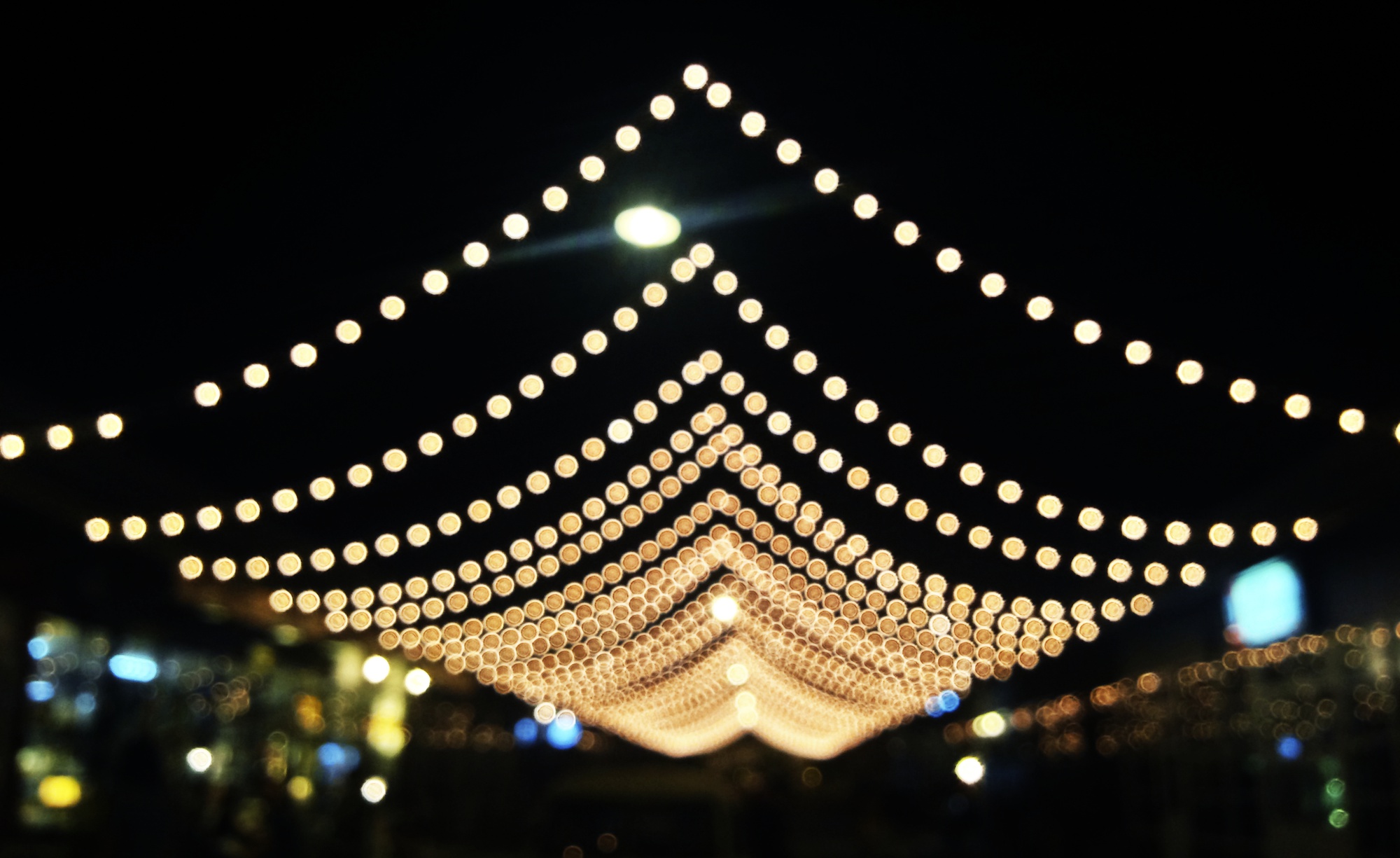LED lights have revolutionized the world of lighting with their energy efficiency, longevity, and versatility. Whether you’re looking to brighten up your home, office, or outdoor space, selecting the right LED light can make all the difference. This ultimate guide will walk you through everything you need to know to choose the perfect LED light for your needs.
Why Choose LED Lights?
LED lights are a game-changer in the lighting industry. Here’s why they stand out:
- Energy Efficiency: LED lights use significantly less electricity compared to traditional incandescent or fluorescent bulbs, reducing energy bills and environmental impact.
- Long Lifespan: LEDs last much longer, with some offering up to 50,000 hours of use.
- Versatility: Available in various shapes, sizes, and colors, LED lights can cater to different lighting needs and styles.
- Durability: LED lights are more resistant to shocks, vibrations, and extreme temperatures, making them ideal for indoor and outdoor use.
Key Factors to Consider When Choosing LED Lights
- Purpose of Lighting
- Ambient Lighting: For general illumination, look for LED bulbs with a high lumen output and wide beam angles.
- Task Lighting: Choose focused LED lights for tasks like reading, cooking, or working.
- Accent Lighting: Opt for directional LED lights to highlight specific areas or features.
- Brightness (Lumens)
- Lumens measure the brightness of a light. The higher the lumens, the brighter the light. Choose the right lumen level based on the size and purpose of the space.
- Color Temperature
- Measured in Kelvin (K), color temperature determines the light’s appearance:
- Warm White (2700K-3000K): Ideal for cozy spaces like bedrooms and living rooms.
- Cool White (3500K-4500K): Perfect for kitchens and workspaces.
- Daylight (5000K-6500K): Best for areas requiring bright, natural light, such as garages and offices.
- Measured in Kelvin (K), color temperature determines the light’s appearance:
- Energy Efficiency (Wattage)
- Look for LED lights with low wattage but high lumens to maximize energy savings.
- Dimming Capability
- If you prefer adjustable lighting, ensure the LED light is compatible with dimmer switches.
- CRI (Color Rendering Index)
- A higher CRI (above 80) ensures accurate color representation, making it essential for spaces like art studios or retail shops.
- Shape and Size
- LED lights come in various shapes, such as A-shaped bulbs, floodlights, and strip lights. Choose a shape that fits your fixture and lighting purpose.
- Outdoor or Indoor Use
- For outdoor use, select weather-resistant and waterproof LED lights with IP ratings suitable for the environment.
Popular Types of LED Lights
- LED Bulbs: Ideal replacements for traditional bulbs in homes and offices.
- LED Strips: Perfect for accent lighting and creative designs.
- Floodlights: Great for illuminating outdoor spaces like gardens and driveways.
- Downlights: Suitable for modern interiors with recessed fixtures.
- Smart LEDs: Offer advanced features like remote control, color changes, and automation.
Tips for Installing LED Lights
- Always check compatibility with existing fixtures.
- Use appropriate drivers or transformers for certain types of LED lights.
- For smart LEDs, ensure compatibility with your home automation system.
- Position lights strategically to minimize glare and maximize efficiency.
Benefits of Choosing the Perfect LED Light
- Enhanced Ambiance: Tailored lighting enhances the mood and functionality of a space.
- Cost Savings: Energy-efficient LEDs reduce electricity bills over time.
- Sustainability: Long-lasting LEDs contribute to a greener planet.


Leave a reply